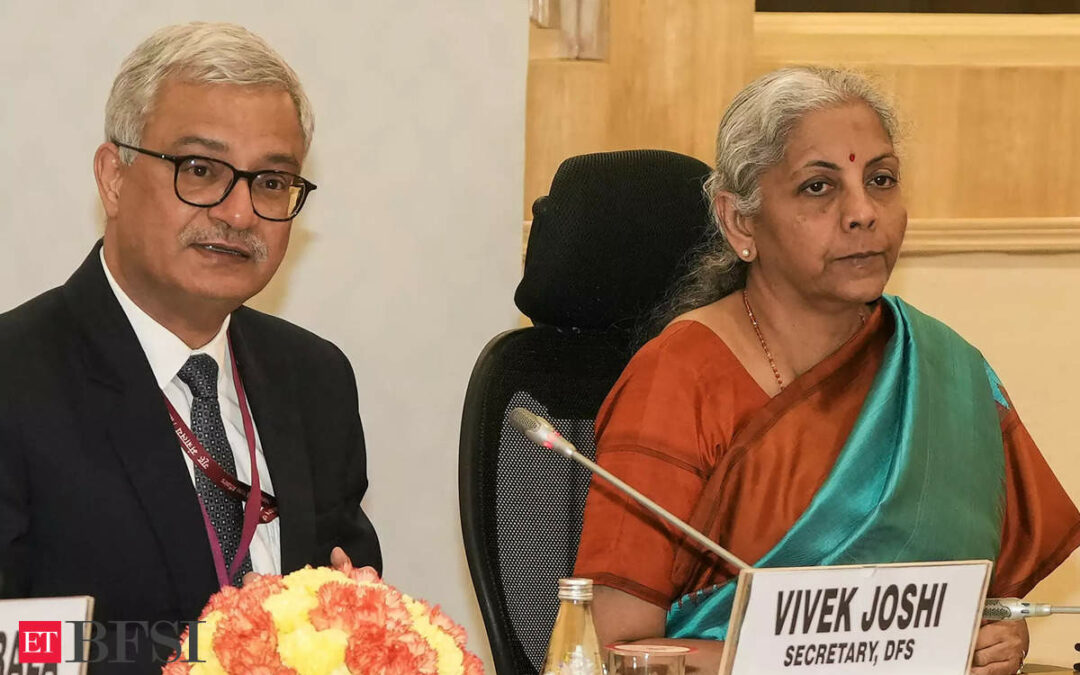New Delhi: There is a need to review and rationalise the schemes running for micro, small and medium enterprises to increase their reach, said Vivek Joshi, secretary, department of financial services, ministry of finance. There are over 300 schemes for MSMEs run by the central government.
Speaking at the CII Annual Business Summit 2024 on Friday, Joshi also noted that there is a need to address language issues of schemes to make them easier and more comprehensible.
“Sometimes the target group is missing, and there are gaps in how documents are written and translated,” Joshi said, stressing that “industry bodies need to bridge the gap between government and government schemes and ultimate users.”
Joshi also batted for a sector-wise approach to address the financing needs of MSMEs. He also said that there were gaps in the capabilities of lenders, which also need to be addressed.
The DFS secretary noted that a committee examining the issues of MSME financing will soon submit its report to the finance secretary. He highlighted the need to address the gaps in MSME financing, underscoring that it could unlock their untapped potential.
“The development of MSMEs is critical for achieving the vision of becoming the third largest economy with a GDP of around $5 trillion within three years,” Joshi said. MSMEs contribute 30% of the GDP, 41% of manufacturing and 46% of the country’s exports. Joshi noted that they were instrumental in improving the representation of women. “The share of MSMEs owned by women stands at 20% of total universe,” he said. He also stressed the role of technology, like the account aggregator framework, in faster and easier accessibility of credit. “Synergising these technologies will further facilitate efficient delivery of credit in digital mode to eligible beneficiaries, enhance the credit discipline through digital footprint and development of an ecosystem conducive to growth,” he said. The panel Empowering SMEs-Right Finance, Right Time discussed the increasing financing needs of MSMEs.
“There is plenty of capital available but the availability of knowledge is something that is missing,” said Ravi Raghavan, MD, Bharat Fritz Werner Ltd.
Commenting on the increasing credit gap, Umesh Revankar, executive VC at Shriram Finance, said there was a requirement for credit to grow around 20% for the economy to grow at the rate of 7%.
“Banks can provide 11-12% credit growth and 15-16% during the best of times; the rest can be bridged by NBFCs. They have developed skills today to meet those credit gaps,” Revankar said.










